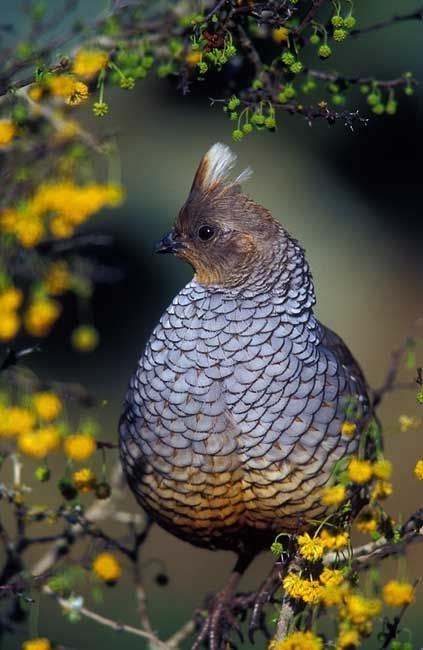Subfamily Perdicinae Rank Species | Phylum Chordata Genus Excalfactoria Higher classification Coturnix | |
 | ||
Similar Bird, Coturnix, Harlequin quail, Brown quail, Fowl | ||
Blue quail translocation
The blue quail or African blue quail (Excalfactoria adansonii) is a species of bird in the family Phasianidae.
Contents
- Blue quail translocation
- Blue quail movie 2010 avi
- Taxonomy
- Distribution and habitat
- Description
- Behaviour
- Status
- References
Blue quail movie 2010 avi
Taxonomy
The blue quail was described as Coturnix adansonii by Jules Verreaux and Édouard Verreaux in 1851. It is named after the French naturalist Michel Adanson. The species is monotypic.
Distribution and habitat
The species is found in Sub-Saharan Africa. It ranges from Sierra Leone to Ethiopia, and south to Zambia, and eastward to Kenya. The habitat of the blue quail excludes dry areas. Inhabiting mainly grassland and fields, the birds typically live near rivers or other bodies of water.
Description
The blue quail is 14–16.5 cm (5.5–6.5 in) long and weighs 43–44 g (1.5–1.6 oz). Its legs are yellow. The colour of the eyes varies from brown in the juvenile to red in the breeding male. The species is sexually dimorphic. The male's plumage is mostly dark slaty-blue, with rufous patches on its wings. The male has a black beak, a brown head, and a black and white throat. There is a white patch on its breast. Its flight feathers are brown. The forehead, sides of the head and neck, and flanks of the female are orange-buff. Its crown is brown, with black mottles. The female's beak is brownish. Its underparts are buff, with black bars, and its upperparts have black and rufous mottles and streaks. The juvenile is similar to the female.
Behaviour
The blue quail is migratory. It often migrates to regions at the start of the rainy season and leaves early in the dry season. It eats seeds, leaves, insects and molluscs. Its voice is a piping whistle, kew kew yew. It also gives the whistle tir-tir-tir when it is flushed. The blue quail is monogamous. The nest is a scrape. Eggs are usually laid at the beginning of the rainy season. There are 3 to 9 olive-brown eggs in a clutch. The eggs have reddish and purplish freckles. They are incubated by the female for around 16 days. The chicks are precocial.
Status
The blue quail has a large range and appears to have a stable population trend. The IUCN Red List of Threatened Species has listed the species as least concern.
